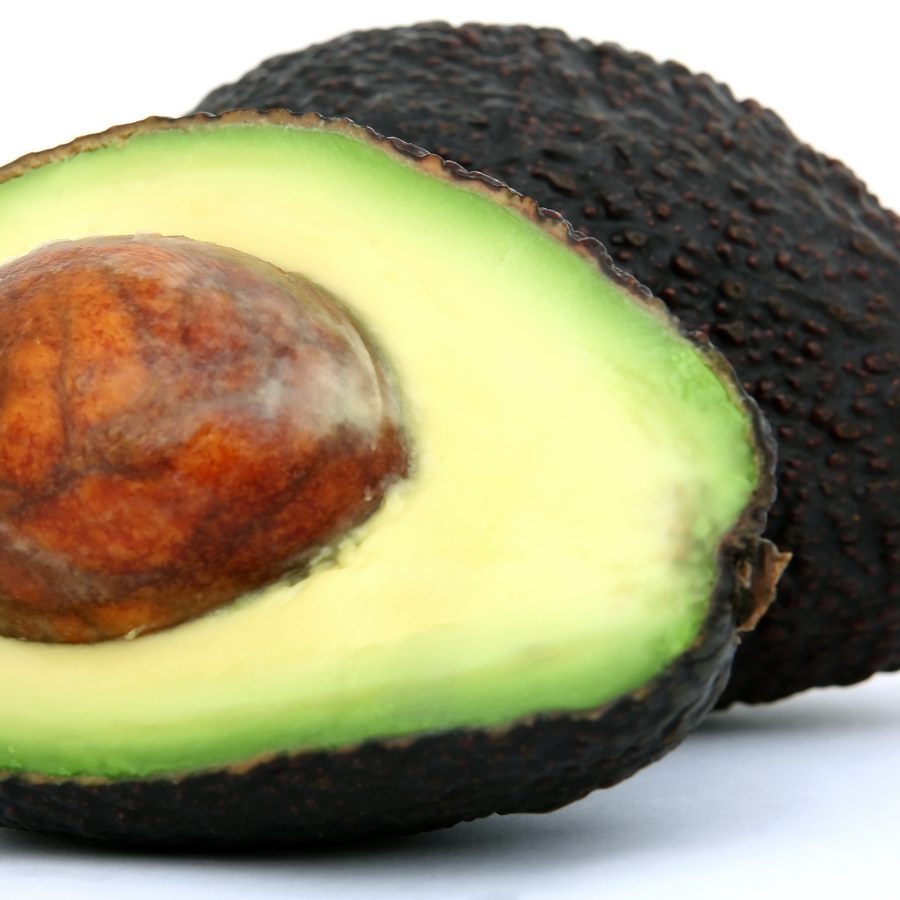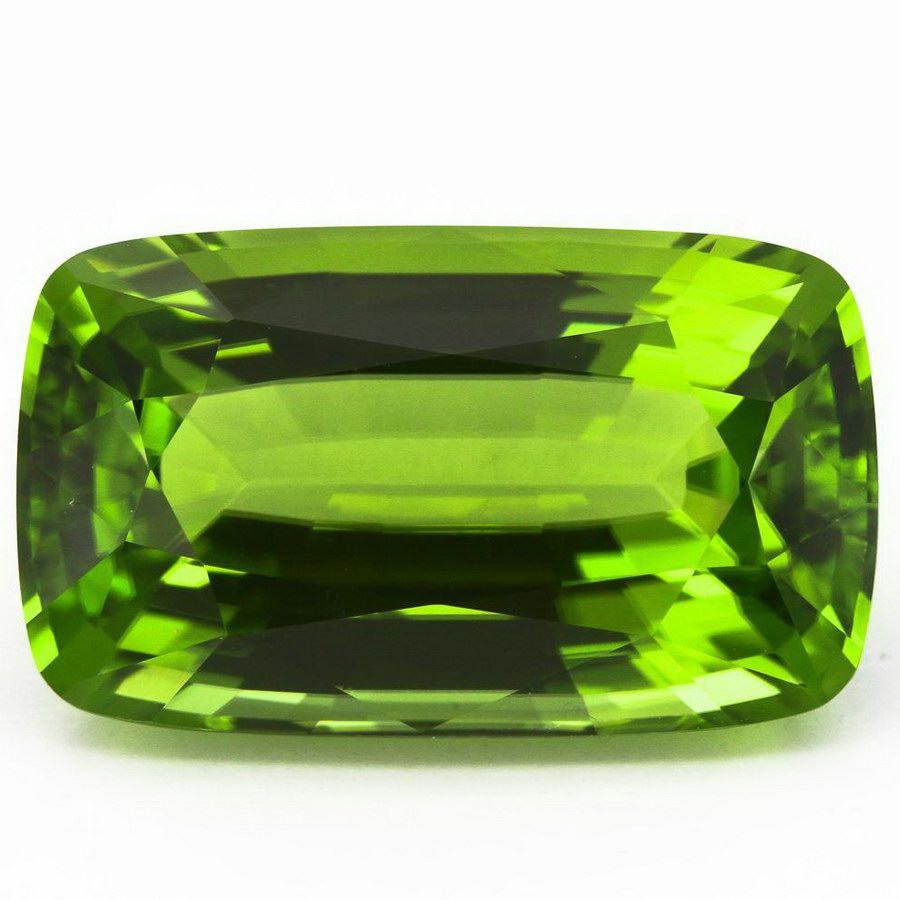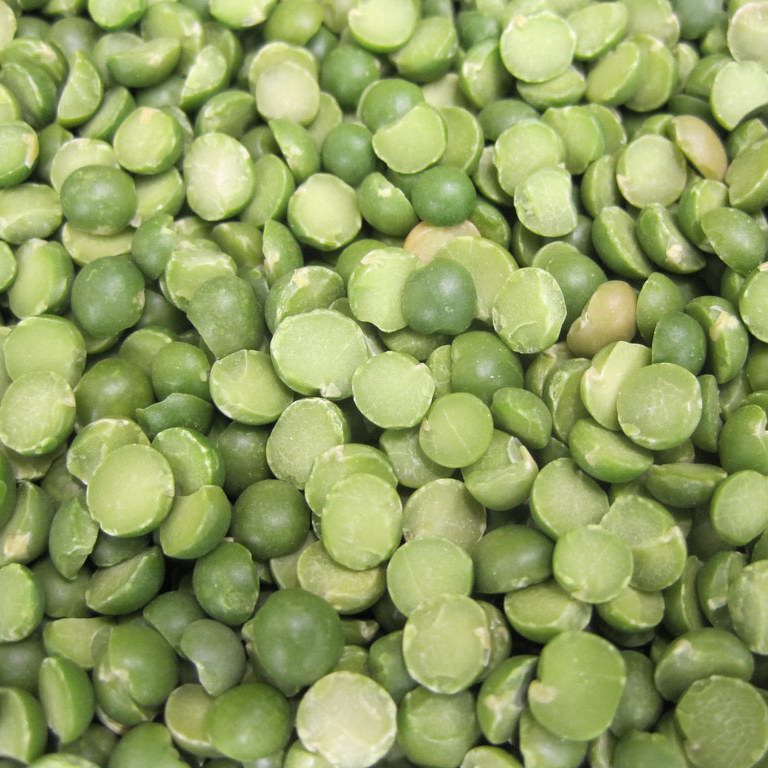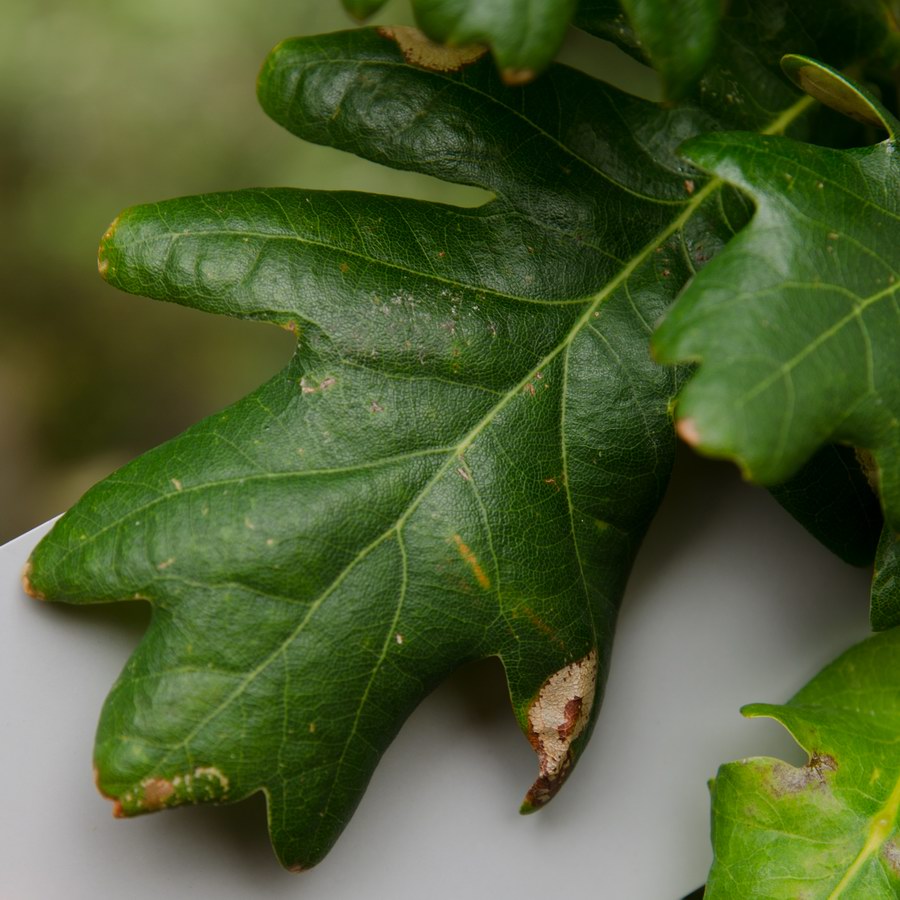
Visual Art |
Up |
Prev |
Next |
"Chartreuse", the hue, in the modern sense is halfway between Green and Yellow. It is becoming more popular in its maximum intensity in human paint schemes for high visibility objects now that we have high intensity pigments to carry these colours. In tints it is the colour of some fruit flesh. In darker shades it is the colour of various leaves and seeds.
There are no pigments that are "Chartreuse" in hue, however the hue may be obtained by combining bright yellows and greens. The bright colour "Chartreuse" could not be obtained until the advent of Cadmium Yellow in the 19th century so it is missing from the paintings of old masters. Lower intensity examples of the same hues may be found however.
| Avacado Flesh | Avacado Flesh | Missing |
| HSB 82°, 38%, 100% RGB 219, 255, 158 |
 |
 |
| "Avacado" is the colour of ... | "Avacado" is the colour of the cut flesh of a nicely ripe avacado. It is NOT the same colour as the mashed flesh. | If you find another natural object of the colour swatch on the left please email me. |
| Chartreuse | A.C.T. Fire Engine | Early Greeen LEDs |
| HSB 76°, 100%, 100% RGB 187, 255, 0 |
 |
 |
| "Chartreuse" is the colour of various painted objects in the modern world. It is a high intensity, fully saturated colour halfway between Yellow and Green. As such it is nearly as bright as Yellow and is used for many high visibility objects including "Shrek". Interestingly, one thing it is NOT is the colour of the liquor "Chartreuse" from which this colour gets its name... yet another example of the gross stupidity behind colour naming. | Fire trucks in the Australian Capital Territory and certain other places around the world are painted Chartreuse rather than the usual Red for greater visibility, especially at night. | Early Greeen LEDs were Chartreuse in colour rather than true green. This was due to the Gallium phosphide used in the early days before the advent of Indium gallium nitride. |
| Celery | Celery | Peridot |
| HSB 76°, 100%, 80% RGB 150, 204, 0 |
 |
 |
| "Celery" is the colour of ... | Celery d. | Peridot is gem-quality olivine. As is usually the case with gemstones, the colour of Peridot in the rough is quite different from the cut and polished final item. This is cut stone in good light. There is some variation in colour but this is a good representation. |
| Sage | Sage | Green Split Pea |
| HSB 76°, 100%, 57% RGB 106, 145, 0 |
 |
 |
| "Sage" is the colour of various leaves in nature. | Sage leaves do vary in colour as you can see in this photo. The young leaves are silvery in appearance and it is not them that this colour refers to. | The outside of dried green spilt peas is Sage. Naturally this is in good light. |
| Oak Leaf | Oak Leaf | Missing |
| HSB 76°, 100%, 27% RGB 51, 69, 0 |
 |
 |
| "Oak Leaf" is the colour of ... | Oak Leaves do of course vary in colour depending on the season, the health of the tree and the light. Nevertheless this specimen is quite typical. | If you find another natural object of the colour swatch on the left please email me. |